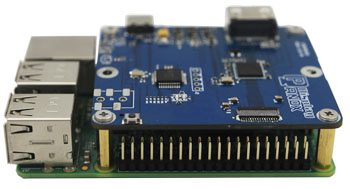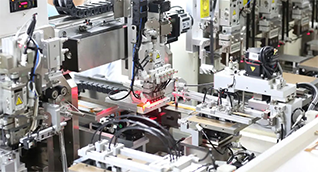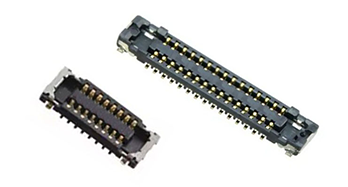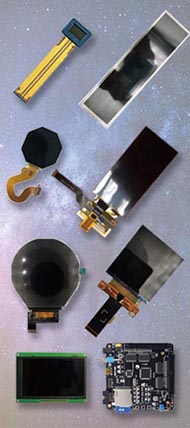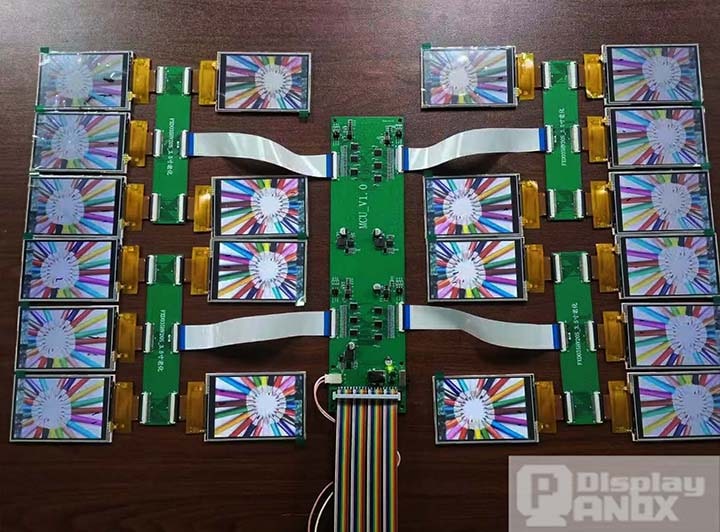
Introduction
OLED screens have become increasingly prominent in the display industry, thanks to their self-emissive nature, high contrast ratios, and wide viewing angles. They are widely used in smartphones, TVs, monitors, and various other electronic devices. While consumers enjoy the outstanding visual performance offered by OLED technology, concerns about screen longevity—particularly regarding issues like screen burn-in—are common. Understanding OLED screen burn test standards is essential for manufacturers to maintain quality control, for consumers to make informed decisions, and for promoting the healthy development of the OLED industry.
Basic Principles of OLED Technology
To understand screen burn tests and lifespan assessments, it's important to grasp how OLEDs work. OLED, or Organic Light Emitting Diode, consists of organic materials sandwiched between two electrodes. When electric current flows through these layers, they emit light—eliminating the need for a backlight, as required in LCDs. Each pixel in an OLED display emits its own light, which enables deep blacks and an effectively infinite contrast ratio.
Factors Affecting OLED Screen Lifespan
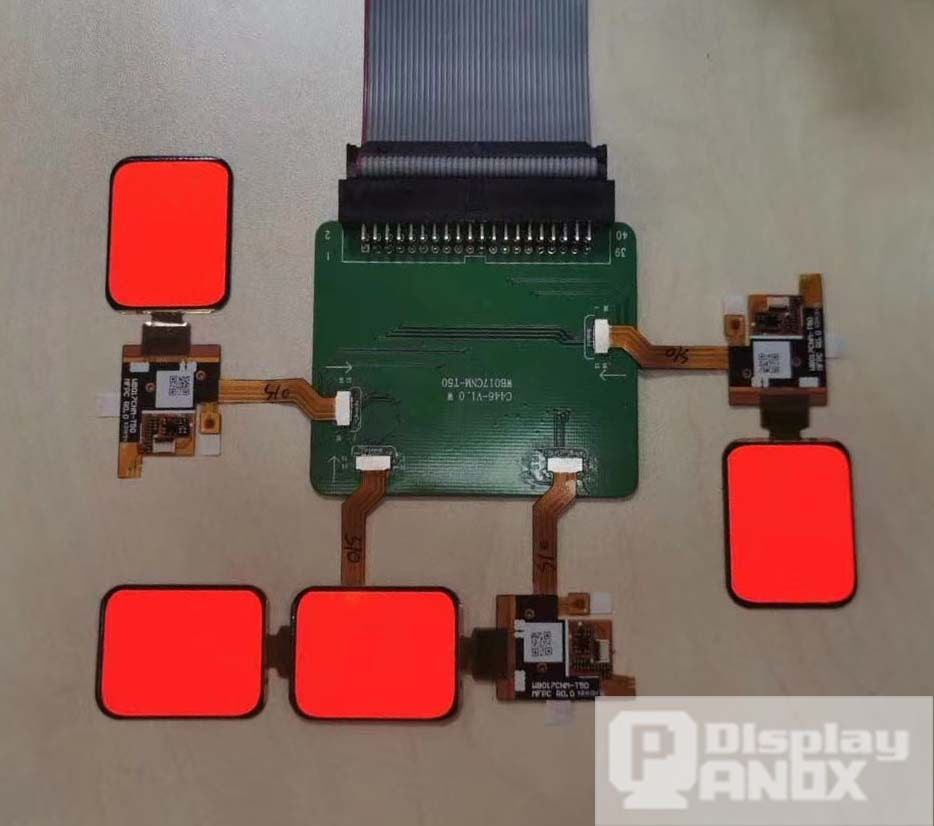
A. Pixel Degradation
1.Material Aging
OLED displays rely on organic compounds that degrade over time. Prolonged use causes these materials to chemically deteriorate, reducing their luminous efficiency. As a result, the brightness of individual pixels gradually diminishes. For example, common organic emitters may lose 50% or more of their brightness after several thousand hours of use.
2.Current Concentration
Electrical current may not distribute evenly across an OLED screen, leading to localized stress where current is higher. Pixels under higher loads age faster, similar to how a runner tires faster when pushing harder. This localized stress can also raise the temperature, accelerating material degradation.
B. Screen Burn-In
1.Static Image Retention
Screen burn-in—or "image retention"—occurs when high-contrast static elements like icons or status bars are displayed for extended periods. The affected pixels degrade faster, leading to uneven brightness and a “ghost image” on the screen. This screen burn phenomenon significantly impacts visual performance and user experience.
2.High-Temperature Operation
High temperatures accelerate OLED aging and increase the risk of screen burn-in. In hot environments—such as outdoor summer conditions or warm indoor settings—OLED materials degrade more quickly. Prolonged usage in such scenarios makes the screen more vulnerable to permanent burn-in effects.
C. Moisture and Oxygen Intrusion
1.Encapsulation Failure
OLED panels must be tightly sealed to block moisture and oxygen. If the encapsulation layer is compromised, these elements can infiltrate and react with organic materials, shortening screen life. Even minor defects in sealing can lead to significant performance drops.
2.High-Humidity Environments
Even without visible damage, high humidity can allow moisture to seep into the screen via microscopic gaps. In humid regions, poor moisture control can noticeably reduce OLED screen lifespan.
Specific OLED Screen Burn Test Standards
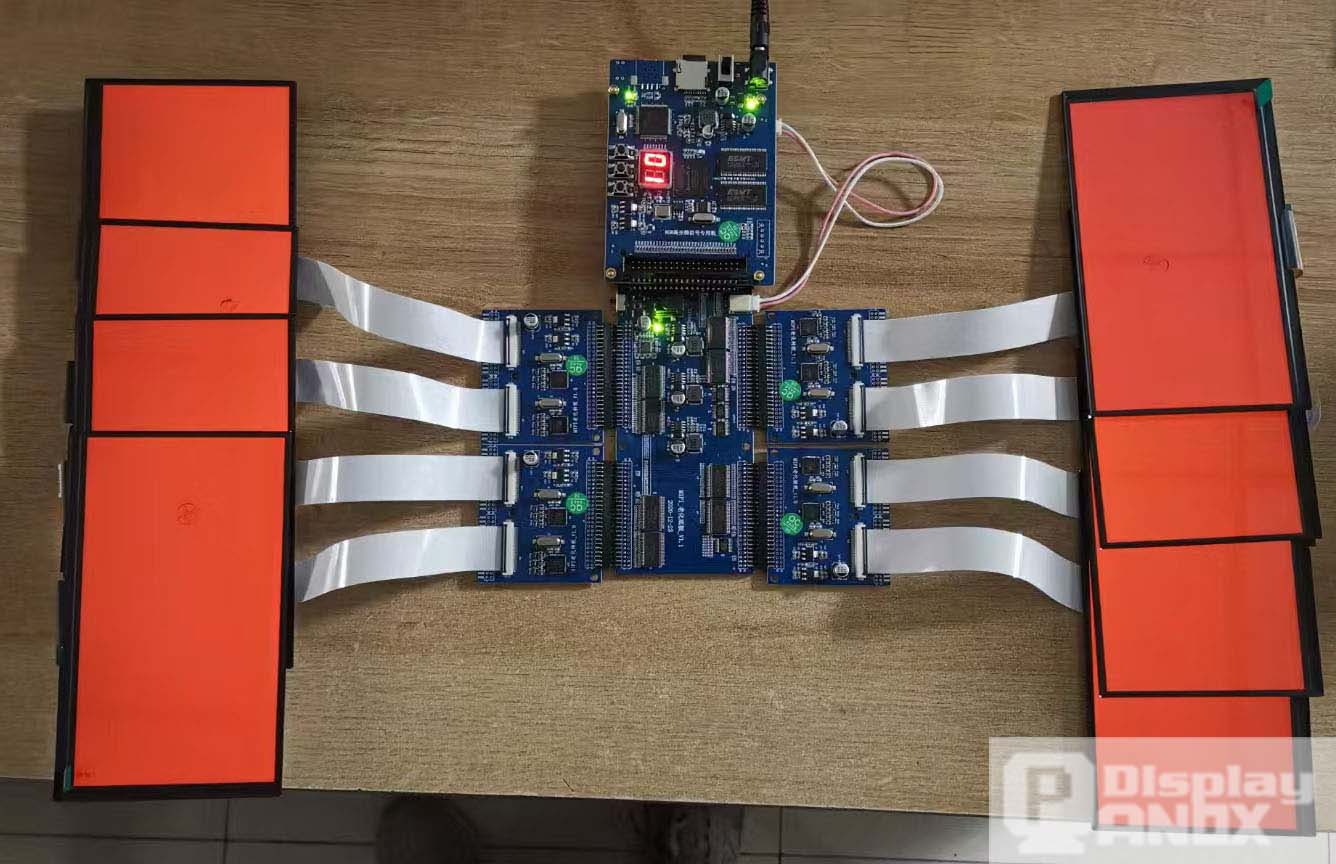
A. Brightness Degradation Test
1.Screen Brightness Test
Under controlled conditions (e.g., 25°C, 50% RH), screens are continuously lit with a uniform image (typically full white) and measured at intervals over dozens to thousands of hours.
2.Brightness Test Lifespan Standard
The screen is considered to have reached end-of-life when brightness falls below a certain percentage of the initial value. For smartphones, a common threshold is 70%, while TVs may use 80%. For instance, an OLED screen starting at 500 nits high brightness is considered expired when it drops below 350 nits low brightness.
B. Pixel Uniformity Test
1.Screen Pixel Test
Brightness is measured at multiple evenly distributed points across the display using a luminance meter. Variations among these points indicate pixel uniformity.
2.Screen Pixel Uniformity
High-quality OLEDs typically maintain brightness variation within 5%. For a screen averaging 300 nits, no two test points should differ by more than 15 nits.
C. Screen Burn Test
1.Screen Pattern Test
To simulate real-world usage, fixed patterns like crosshairs or color bars are displayed over extended durations. The patterns are chosen to stress different areas of the screen.
2.Surface Area Of The Screen Flask
Visual inspection or software analysis is used to detect image retention. If persistent patterns appear in areas matching the test image, it is classified as screen burn-in. Burn-in affecting over 1% of screen area is usually considered severe.
D. Encapsulation Reliability Test
1.Encapsulation Reliability Test
Samples undergo environmental stress testing—such as exposure to 85°C/85% RH or temperature cycling between -20°C and 60°C—to test encapsulation durability.
2.Screen Encapsulation Damage Standard
Encapsulation failure is determined by visible damage (cracks, discoloration, bubbles) or by measuring internal moisture levels using sensors. Exceeding set moisture thresholds indicates non-compliance.
Basis for Developing Burn-In and Lifespan Standards
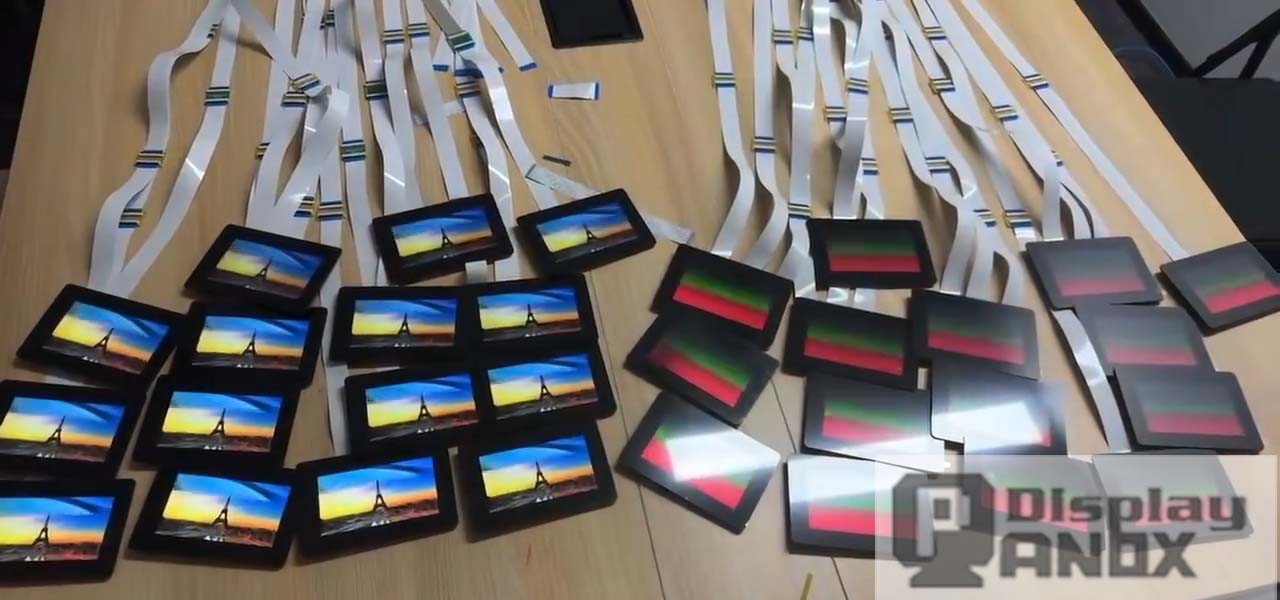
A. Industry Data and Experience
Years of real-world testing across different OLED models have yielded data trends on brightness decay, burn-in, and uniformity, providing empirical support for standardized testing protocols.
B. Advancing Technology and Product Needs
Evolving OLED technologies and varying use-cases require adaptable standards. High-usage devices like smartphones demand longer screen life, while occasional-use displays may tolerate shorter lifespans.
C. User Feedback and Market Response
Consumer complaints—such as screen burn-in on early OLED TVs—have pushed the industry to revise and tighten screen burn test protocols to ensure better user satisfaction and reliability.
Implementation and Oversight of Screen Burn Tests
A. Manufacturer Self-Testing
1.OLED Testing Procedures
Manufacturers follow standardized tests during production, logging data from brightness degradation, uniformity checks, burn-in simulation, and encapsulation integrity assessments.
2.Quality Control
Issues like excessive brightness drop-offs trigger process reviews—such as checking material quality or environment conditions—enabling proactive adjustments.
B. Third-Party Testing Agencies
1.Role and Credibility
Independent labs provide impartial assessments using advanced equipment, especially in cases of consumer disputes or regulatory investigations.
2.Testing Standards And Procedures
Following official screen burn test standards, labs conduct precise measurements, environmental simulations, and data analysis to generate authoritative reports.
C. Regulatory Oversight
1.Market Surveillance
Regulators conduct product audits, checking label accuracy, performance claims, and conformity with burn-in test standards. Noncompliance can lead to warnings, fines, or bans.
2.Promoting Industry Standards
Through robust enforcement, authorities foster quality assurance across the OLED supply chain—ensuring consumer trust and supporting market growth.
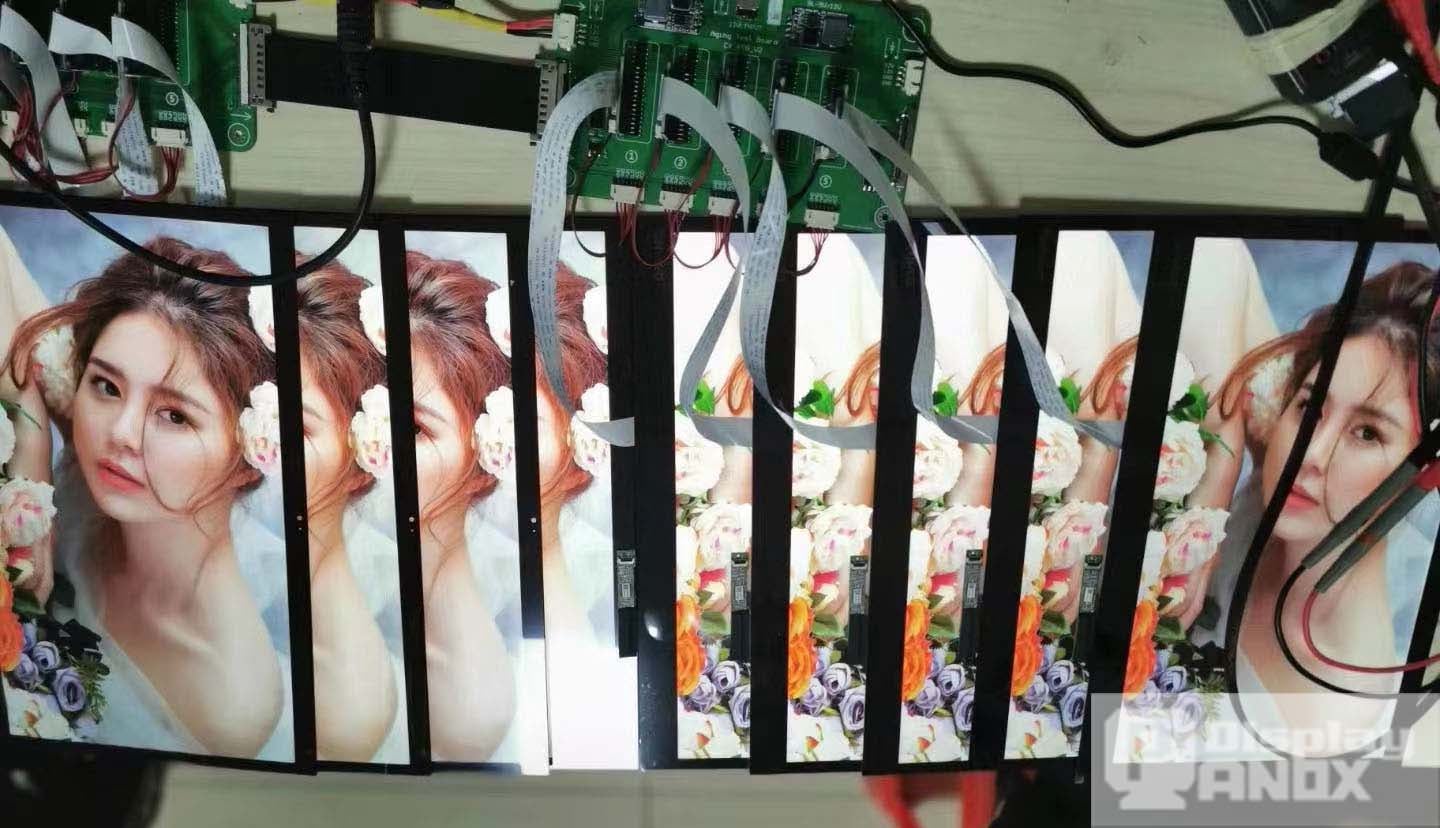
Future Outlook
As OLED technology advances, screen durability and testing methods will evolve. Emerging tools like AI-based monitoring can track real-time aging trends and predict failures. Novel materials and encapsulation techniques promise to further extend OLED lifespan. In parallel, consumer awareness will continue to rise, placing greater emphasis on screen burn test results as a key purchasing factor.
Ultimately, the refinement and enforcement of OLED screen burn test standards will be pivotal in enhancing user satisfaction, boosting product quality, and guiding sustainable growth within the OLED display industry.












